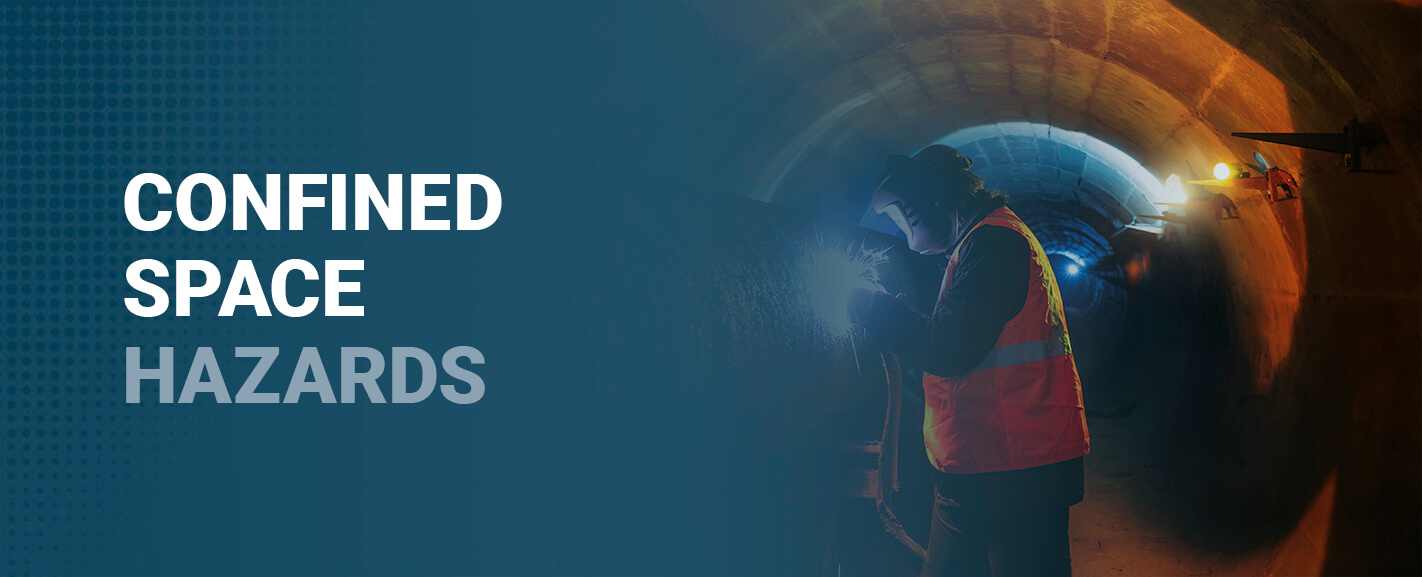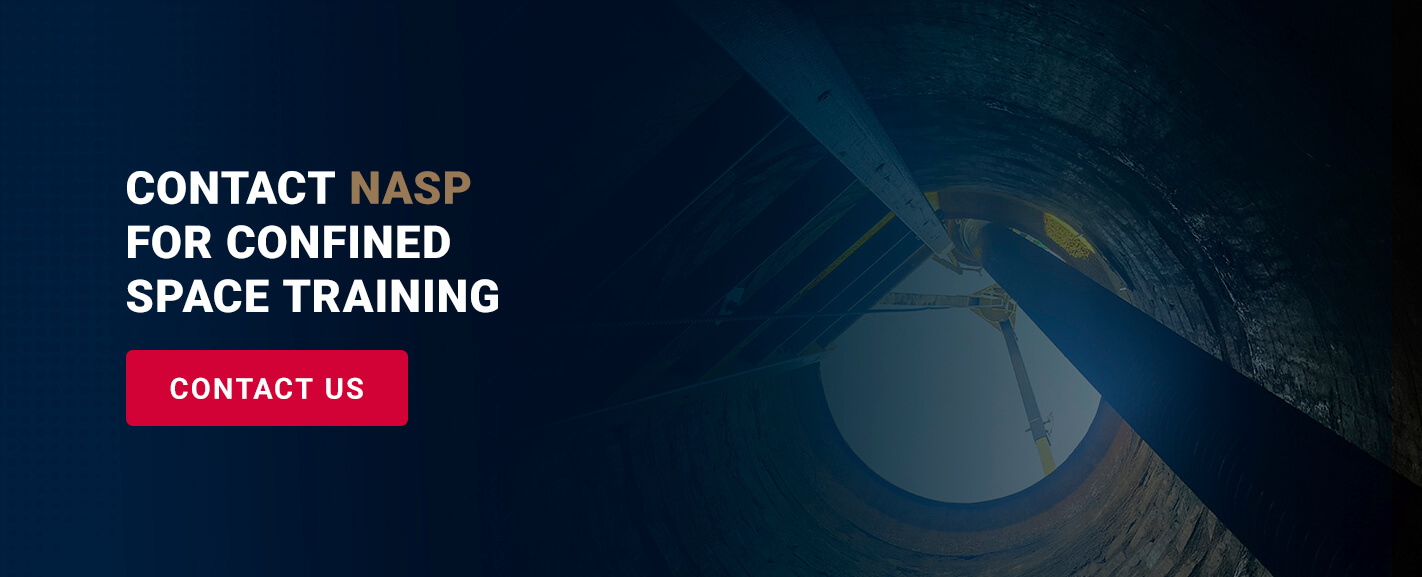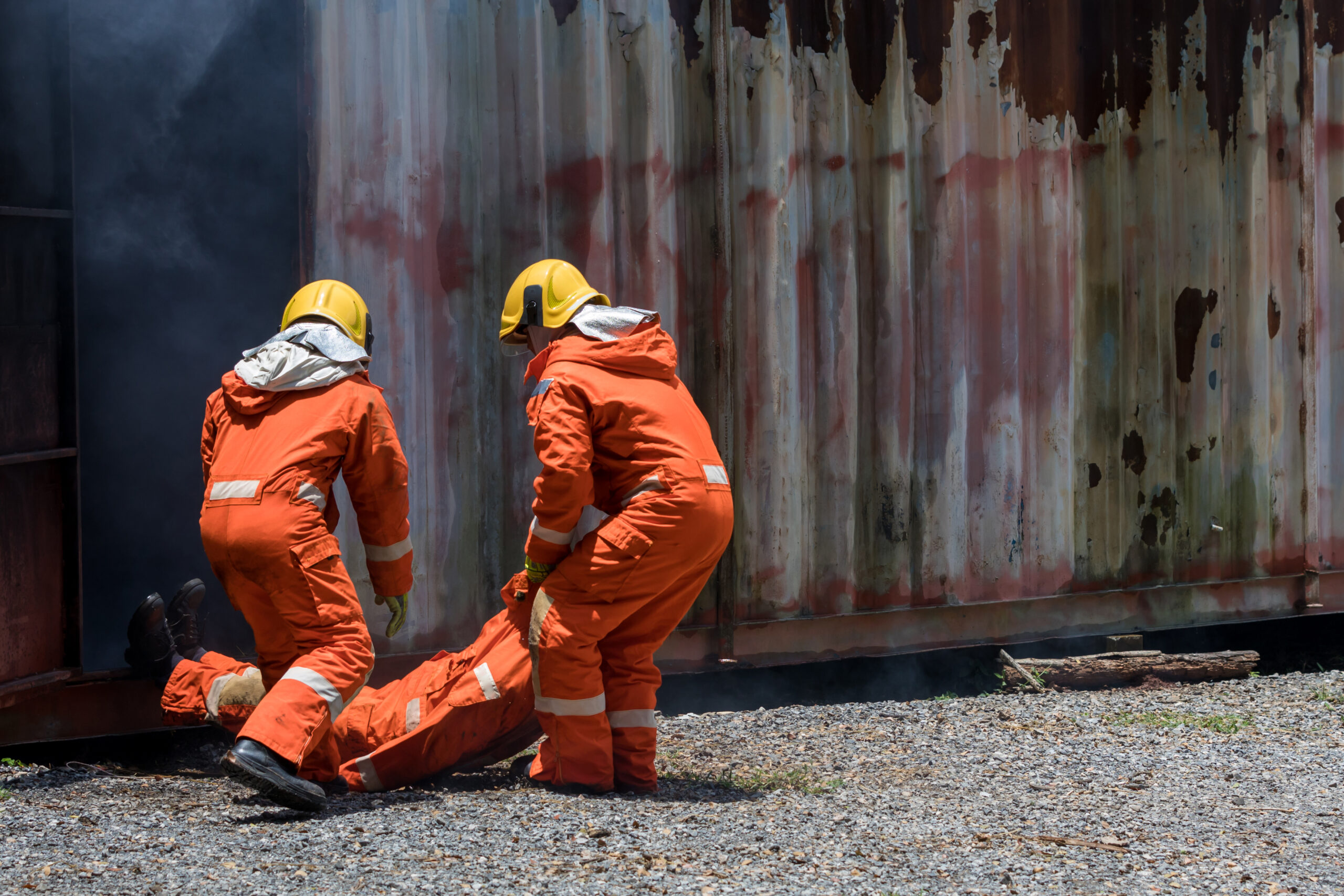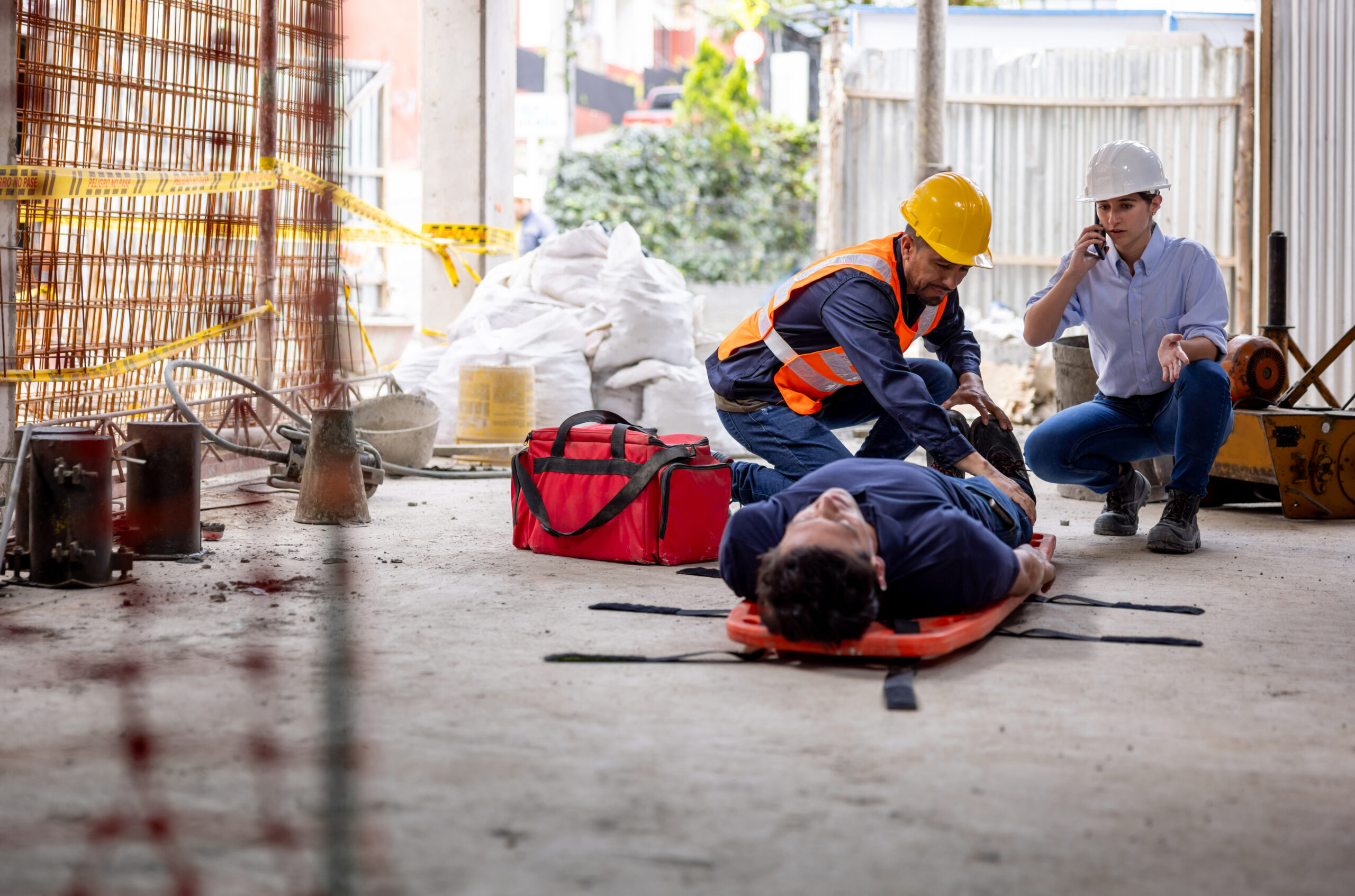Confined Space Hazards

Working in confined spaces is common in construction work. People don’t usually occupy spaces like trenches or sewers, but various construction jobs require workers to enter them. To be considered a confined space, areas must have significant enclosures and pose serious hazards. Builders don’t usually intend these spaces for continuous use.
While working in enclosed spaces is necessary, they present many dangers for workers. From toxic air to lack of oxygen, workers might encounter many hazards to their health and well-being. Following correct safety procedures is essential for workers’ safety in enclosed rooms.
Here are some common confined space hazards.
Dangerous Gases
One of the defining features of confined spaces is the lack of proper ventilation. Dangerous gases and fumes could build up from nearby places or even from the work itself. For instance, if workers are welding or using paint within the space, it becomes much easier for fumes to accumulate.
Excessive exposure to toxic gases is hazardous for workers’ health. Depending on the chemical, it could cause brain damage or confusion — in severe cases, the fumes might cause death. These hazards make safety precautions very important for workers. Supervisors should inspect spaces for dangerous air quality and ensure that workers use proper respiration equipment.
Here are other ways dangerous gases form in confined spaces:
- A fire or open flame in the space
- Lingering fumes from previous jobs
- Vapors from sludge or dirt
- Leaks from nearby plants
Dust Build-Up
Dust frequently accumulates in enclosed areas. Whether it develops naturally or because of drilling, dust builds easily within confined spaces. And, because there is little to no maintenance in these areas, the amount of dust can grow without restraint. In large quantities, dust poses significant threats to workers’ safety.
If workers ingest large amounts of dust, it could cause severe respiratory problems. Or, when too much dust enters the eye, it can create damage or irritation. Dust also endangers the entire construction site, increasing the risk of explosions or fires. The lack of ventilation makes it much harder to stop these incidents.
Lack of Oxygen
The enclosed nature of confined spaces makes it difficult to get adequate oxygen. Confined spaces restrict air from its natural flow and so it doesn’t circulate properly throughout the room. Or, in some cases, reactions might occur between oxygen and groundwater or other soils that cause carbon dioxide to form and displace the oxygen already present in the space.
The lack of oxygen or exposure to excess carbon dioxide is dangerous for workers. Oxygen deficiencies cause confusion and even long-term brain damage, so workers need to use extreme caution in confined spaces and wear proper respiration tools.
Explosions or Fires
Explosions and fires are significant risks while in enclosed areas. The build-up of vapors, liquids, dust or other flammable substances increases the possibility of explosions or fires. And, hot tools that produce sparks only make fire risks more significant.
Enclosed areas make quick exits difficult. If fires or explosions occur, workers might not be able to leave in time and sustain serious injuries. Large explosions could kill workers immediately and fires could create severe burns. The entire structure of the workspace could collapse and become unsalvageable. Because of this, workers must follow the OSHA standards for confined spaces.
Access Restrictions
Confined spaces also present difficulties for workers with entrances and exits. Enclosed areas might be located underground or in other hard-to-reach areas. They might also have insufficient entryways for entering and leaving the space. Workers might have trouble reaching the area to begin work or difficulty communicating with other crew members once in the space.
Without adequate exits, workers face difficulties during emergencies or quick evacuations. They might not be able to leave quickly or contact coworkers for help. Or, explosions and collapses could block small entryways and make exits impossible. Emergency exits are critical for preventing suffocation and other injuries. Supervisors must ensure that workers have adequate ways to exit confined spaces.
Extreme Temperatures
Severe temperatures are another hazard of confined spaces. Both extreme hot and extreme cold is harmful to bodily health. Excess heat is more common in enclosed spaces due to improper ventilation. Body temperatures rise during heavy construction work and warmth can build up within the room. Without suitable ventilation, this excess heat remains in the space and doesn’t move. Workers can easily experience heat stroke or collapse due to the high temperatures.
Alternatively, the confined space might become extremely cold. In the winter months, enclosed spaces with little insulation will experience frigid temperatures. If workers encounter low temperatures for too long without the proper protection, they might develop frostbite or other conditions from the extreme cold.
Excess Water
Floods occur more quickly in confined spaces than in open areas because there is often little to no drainage. For workers, the risk of quick flooding in confined spaces presents a big hazard. Water can flood a room quickly and easily, especially if working in drains or sewers. Rooms could fill with water so quickly that workers can’t exit in time or that it blocks an exit and makes escape more difficult.
To avoid drownings or other severe incidents, supervisors should ensure that the enclosed spaces are away from water utility lines or large amounts of water.
Excess Oxygen
Just as a lack of oxygen is a severe threat for people, an excess of oxygen is also dangerous. High levels of oxygen cause health problems and increase the risk of fires and explosions. If workers breathe in too much oxygen, it could make breathing difficult. An excess of oxygen might cause workers to collapse or even die from the exposure.
Excessive amounts of oxygen also increase the hazard of explosions. Combustible materials burn quickly and sometimes spontaneously in the presence of excess oxygen. Because of this, the risk of fires or explosions is significantly higher in spaces with more oxygen.
Contact NASP for Confined Space Training
All of these confined space hazards are harmful to workers’ well-being. But construction work in confined spaces remains necessary. So, following correct safety procedures while in confined spaces is critical. Both employers and employees need to follow protocol to avoid injuries and other complications.
At the National Association of Safety Professionals, we understand the necessity of proper safety procedures. Our courses and certifications provide training for cohesive safety measures. Our thorough and tested training courses help you create a safe work environment. We design NASP courses to use high-quality methods. The lessons are dynamic and student-oriented so that students receive the most thorough education possible.
Our confined space training courses prepare professionals for correct procedures in enclosed areas. The courses thoroughly cover all the hazards of confined spaces and how to address them for your team’s safety. Are you providing Confined Space Entry/Rescue training in-house? Attend our Confined Space Entry/Rescue Train-the-Trainer Course located on the Battleship USS NC in Wilmington, NC. This intensive five-day course (including 3.5 days of practical rescue) will provide you with the knowledge, skills, and abilities to provide top-notch training for your employees. Contact NASP today for more information on our confined space training or with any questions.
Blog Posts
Latest Posts
Related Posts






